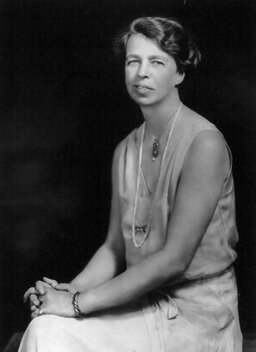While she certainly wasn’t the first Roosevelt to visit the Chautauqua Institution, Eleanor Roosevelt did so more frequently than her two famous relatives. Lori Humphreys recounts her several visits and speeches, along their impact on Chautauqua and the Nation.
Eleanor Roosevelt in Chautauqua
The full content is available in the Spring 2015 Issue, or online with the purchase of:
If you have already purchased the product above, you can Sign In to access it.
Related Content









